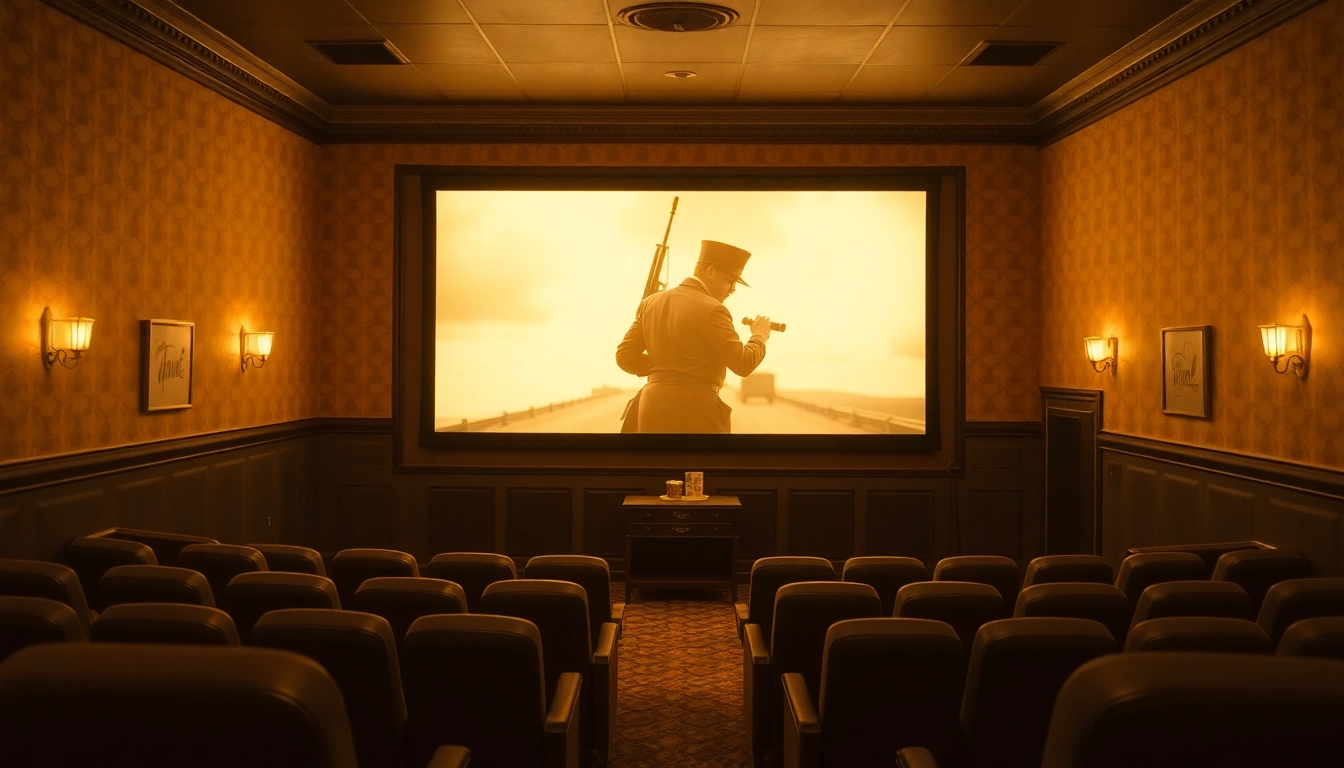Understanding Music Pitching
In the evolving landscape of the music industry, effective music pitching is essential for artists striving to connect with audiences and industry executives. Whether you’re a budding musician or an experienced producer, understanding the nuances of pitching your music can significantly impact your career trajectory. From securing spots on popular playlists to attracting attention from established music blogs, mastering the art of pitching is not merely beneficial, but vital.
What is Music Pitching?
At its core, music pitching refers to the process of promoting your songs to industry professionals, influencers, and audiences with the intent of gaining exposure, airplay, or placement on curated playlists. It’s akin to pitching an idea for a movie or a product; artists must create a compelling narrative around their music that resonates with the receiver and showcases their artistic value.
The Importance of Pitching in the Music Industry
The competitive nature of the music industry necessitates that artists actively engage in pitching their music to increase visibility. With countless new tracks uploaded daily, having a solid pitch can make the difference between being noticed or overlooked. Effective pitching not only garners attention but also builds relationships with key stakeholders in the industry, including playlist curators, music bloggers, record labels, and influencers.
Types of Music Pitching
There are several formats and avenues for music pitching, each serving a distinct purpose:
- Playlist Pitching: This involves submitting tracks to playlist curators on platforms like Spotify and Apple Music. Successful placements can expand an artist’s reach significantly.
- Blog Pitching: Music blogs often showcase new talent; pitching to bloggers can yield written features or reviews that further promote your music.
- Radio Pitching: Getting your music on traditional or online radio stations can expose it to diverse audiences.
- Sync Licensing Pitching: This involves submitting your music for placement in film, television, or commercials, allowing for broader commercial use and potential income.
Preparing Your Music for Pitching
Creating a Winning Track
The foundation of successful music pitching lies in the quality of your track. Ensure your music is professionally produced, mixed, and mastered. Engaging a reputable producer can enhance the sonic quality significantly. Additionally, consider the dynamics and emotional appeal of your songs; tracks that tell a story or evoke strong feelings are more likely to resonate with listeners and curators.
Building Your Brand as an Artist
A strong personal brand is indispensable in the competitive music landscape. This includes your visual identity (logo, album art) and your online presence (website, social media profiles). Consistency across all platforms reinforces your artistic vision and helps potential listeners or industry professionals connect with you. Curators are more likely to invest in an artist who appears professional, organized, and committed to their craft.
Gathering Essential Materials for Your Pitch
Before you reach out to curators or industry professionals, compile the essential materials that will support your pitch:
- Your Bio: A brief and engaging biography that captures your journey, genre, influences, and any notable achievements.
- Press Kit: Create an electronic press kit (EPK) containing your music, photographs, and links to your social media and streaming platforms. Make it visually appealing and easy to navigate.
- Contact Information: Ensure your contact details are readily available to facilitate responses.
Crafting Your Pitch
Writing an Effective Pitch Email
When it comes to pitching your music via email, the first impression matters immensely. Aim for a subject line that grabs attention without being overly dramatic; a simple format such as “[Artist Name] – [Song Title] for your playlist” works well. In the body of the email, be succinct yet engaging—introduce yourself, briefly explain your connection to the recipient, and articulate why your track would be a good fit for their playlist or platform.
Key Elements to Include in Your Pitch
Your pitch should encapsulate key elements that entice the reader. These include:
- A Compelling Introduction: Start with a hook that draws the reader in, which could include a recent achievement or a meaningful experience related to the song.
- The Track: Include a link to the track in question, and consider embedding it directly into the email if possible.
- Social Proof: Mention any notable playlists you’ve been featured on, press coverage, or fanbase growth that may lend credibility to your appeal.
Tailoring Your Pitch to Different Platforms
An effective pitch varies depending on the platform and its audience. For playlists, focus on how your sound aligns with the curator’s existing selections. For blogs, highlight your song’s story, production details, or any collaborative efforts with known artists. Adapt each pitch to display your understanding of the recipient’s platform, showing that you have done your homework and are genuinely interested.
Submitting Your Music
Best Practices for Submissions
Beyond simply sending your track, following best practices when submitting can strengthen your chances of success. Always personalize your submission by addressing the curator by name and referencing specific aspects of their playlist or blog that resonate with your music. Additionally, maintain professionalism in correspondence—proper grammar, punctuation, and formatting go a long way in creating a positive impression.
Avoiding Common Pitfalls in Music Pitching
A common misstep among aspiring musicians is spamming curators with mass emails. Avoid sending generic messages, as they diminish your chances of being taken seriously. Be patient and respectful of curators’ time; if they indicate they are not interested, gracefully accept their response and move forward. Another pitfall is neglecting to follow up. A polite follow-up after a reasonable period shows your dedication without appearing overly aggressive.
Utilizing Digital Platforms for Submission
Leveraging digital platforms can streamline the submission process. Services like SubmitHub allow you to submit tracks to multiple curators in one shot. This not only saves time but also provides transparent feedback on how different curators react to your music. Platforms like these often have built-in analytics, allowing you to track your submissions and responses.
Measuring the Impact of Your Pitch
Tracking Responses and Engagement
Once you have submitted your pitch, monitoring the responses is crucial. Keep detailed records of whom you pitched, when you sent the pitch, and any replies you receive. Create a spreadsheet to analyze patterns—such as which types of pitches receive positive feedback and which platforms yield the best results. Tools like Google Analytics can help assess the increase in traffic to your music from external sources.
Adjusting Your Strategy Based on Feedback
Feedback—whether positive or negative—is invaluable. If curators highlight specific reasons for passing on your track, use this to refine your music or pitch for future submissions. Regularly adjusting your strategy based on industry trends and responses ensures you stay relevant and improves your chances of success. Don’t be afraid to experiment with different sound styles or pitching angles.
Long-term Benefits of Effective Music Pitching
Investing time in crafting compelling pitches not only opens immediate opportunities but also builds long-term relationships within the industry. As you continue pitching and getting your music heard, you establish your presence in a saturated market. Over time, these efforts might result in more significant achievements, such as collaborations with other artists, securing management deals, or developing a loyal fanbase eager for your next release.



